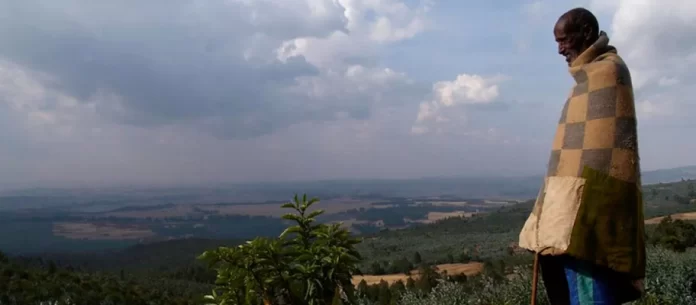Growing enough food for the rapidly increasing global population while mitigating climate change and its impact on landscapes and natural habitats are two urgent challenges many countries are facing, the World Bank has said.
It said tackling these issues through carbon finance could provide the funds to ensure the production of agriculture can be done in a low carbon and resilient way.
“Every time a natural forest or grassland is converted into farmed crop land, the communities living off that land are resigned to losses in ecosystem services from the forest landscape, including water quality and accessibility, biodiversity, soil erosion and nutrient loss, and exposure to climate risks due to decreased resilience,” the World Bank said.
“Land degradation is a major trigger leading to acute food insecurity for the over 67 million people in Eastern and Southern Africa who often do not know where their next meal is coming from. A lack of sufficient, reliable access to nutritious food has far-reaching impacts, reducing educational achievement, perpetuating poverty, which all adversely impact the prospects of our future generations.”
The World Bank added that over the past 10 years, the alarming speed of land degradation from agricultural conversion is estimated to have severely impacted 19 countries, costing a total of 12 percent of the GDP per year.
“Inaction on breaking this vicious cycle will exacerbate land degradation, risk ecosystem services, and jeopardize the livelihoods of even more people. While adapting to more sustainable food systems would save an estimated $201 billion across Sub-Saharan Africa, this would require spending $15 billion per annum to make it happen. The World Bank is dedicated to promoting change. In June of 2022, we approved a $2.3 billion programme to address escalating food insecurity in Eastern and Southern Africa.
“Helping countries manage natural capital carbon stocks, while securing external finance to reverse land degradation, is an opportunity to balance short term needs with long term sustainability.
“Countries can generate carbon credits by reducing, capturing, and storing emissions, as well as by preserving and restoring natural carbon sinks, such as forests and soils, which remove carbon from the atmosphere.
Today, based on the net-zero commitments of countries and of firms, the demand for trading carbon credits from nature-based solutions is growing faster than relatively nascent, technology-based removal solutions. Estimates indicate that by 2030, up to 85 percent of carbon credits will be nature-based.”
The World Bank said it has been active mobilising carbon finance front for two decades. Since the Kyoto Protocol, the World Bank has facilitated the reduction of 220 million tonnes of emission reductions.
It added to date, the Democratic Republic of the Congo, Madagascar, and Mozambique have all signed the Emission Reduction Purchase Agreements (ERPA), with the FCPF to receive payments based on the reduction in their emissions from deforestation and forest degradation. Payments have started to flow to beneficiary farmers and local communities.
“Mozambique received $6.4 million for the 1.28 million tonnes of carbon emissions it reduced since 2019, becoming the very first country to receive a results-based payment. African countries are interested in the opportunity to preserve their natural resources, while benefiting of financial flows from global carbon trading schemes, including Ethiopia and Zambia.
“The ISFL-supported Oromia Forest Landscape Programme in Ethiopia aims to reduce net greenhouse gas emissions and improve sustainable forest management throughout the jurisdiction of Oromia regional state. This month the program launched the first ERPA for results-based emissions reductions payments.
“The revenues will help state authorities, the private sector, and local communities manage forests sustainably. In the future, a second phase of the program will also cover the livestock sector, a critical pillar in food systems. A similar approach will be applied in the ISFL’s Eastern Province Jurisdictional Sustainable Landscape Programme in Zambia. The programme will drive climate action and sustainable agriculture for improved food production and rural livelihoods.
While the ERPAs set limits for emission reduction purchases and minimum prices, they also allow countries to sell the carbon credits at a higher price on the fast-growing carbon markets.
Going forward, the World Bank said it is committed to further expanding access to carbon finance in Eastern and Southern Africa. It added the expanding demand for carbon credits could translate into significant benefits for African agri-food production and the conservation of forestry landscapes.
“The World Bank is developing methodologies, offering technical advice to countries preparing to access the carbon finance, and increasing purchases of emission reductions. It recently announced a new global partnership called SCALE, Scaling Climate Action by Lowering Emissions, which will pool funding from the global community and make it available for programs that have impactful results reducing greenhouse gas emissions.
“SCALE is the latest example of a mechanism that could create opportunities for African countries to supplement their investment programmes in agricultural and forestry landscapes, with carbon finance.”









